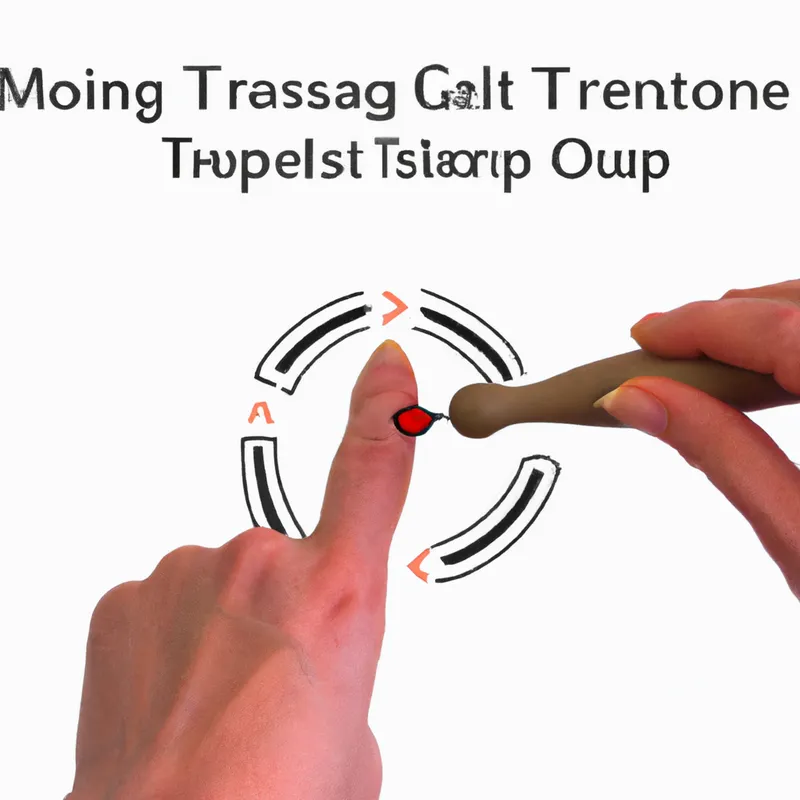Identify Trigger Points: A Practical How-To Guide
How to Locate Your Own Trigger Points: A Step-by-Step Guide
Understanding your body enhances your health and well-being. Locating your trigger points provides an effective method for this. Trigger points are hyperirritable areas in skeletal muscle that cause pain, often leading to referred pain. For instance, a knot in your neck might cause headaches. Identifying these points helps relieve tension, improve health, and enhance quality of life. This guide offers a clear approach to finding your trigger points.
What Are Trigger Points?
Trigger points, or muscle knots, are localized muscle tension areas that cause pain, discomfort, stiffness, and reduced range of motion. They can result from poor posture, muscle overuse, stress, or injury. Understanding these points helps with self-treatment and pain management.
Why Should You Locate Trigger Points?
Locating trigger points allows you to address muscle tension directly and gain several benefits:
– **Reduced Pain**: Alleviating tension in specific muscle areas significantly lowers pain.
– **Improved Mobility**: Releasing trigger points enhances flexibility and range of motion.
– **Enhanced Athletic Performance**: Reduced muscle tightness benefits athletes and improves performance.
– **Better Stress Management**: Addressing muscle tension lowers stress levels and promotes mental well-being.
With these advantages, let’s explore how to locate your trigger points.
Step-by-Step Guide to Locate Trigger Points
Step 1: Prepare Your Space
Choose a quiet and comfortable space to focus without distractions. Sit on a yoga mat or lie down. Keep a mirror nearby to check your posture if needed. A foam roller or massage ball can enhance your experience.
Step 2: Understand Your Body
Familiarize yourself with your muscle anatomy before locating trigger points. Knowing your major muscle groups helps you identify potential trigger points. Use online resources or anatomy apps for reference. Recognize common tension areas like the shoulders, neck, and back.
Step 3: Palpate Your Muscles
Now feel for trigger points. Start with a muscle group that often feels tight, such as your shoulders or upper back.
1. **Use Your Fingers**: Press into the muscle with firm, comfortable pressure. Avoid excessive pain; feel the muscle without injuring yourself.
2. **Search for Knots**: Move your fingers along the muscle. Look for tight spots or knots; they may feel like small balls or bands.
3. **Test Sensitivity**: Apply pressure to the identified knots and note any discomfort levels.
Conclusion
Locating trigger points empowers you to manage muscle tension effectively. By understanding your body, you can enhance your well-being and relieve pain.
Below are related products based on this post:
FAQ
What are trigger points, and what causes them?
Trigger points, or muscle knots, are localized areas of tension in skeletal muscle that cause pain, discomfort, stiffness, and reduced range of motion. They can be caused by factors such as poor posture, muscle overuse, stress, or injury.
How can locating trigger points benefit me?
Locating trigger points allows you to directly address muscle tension, leading to reduced pain, improved mobility, enhanced athletic performance, and better stress management.
What tools or techniques can I use to locate my trigger points?
To locate your trigger points, prepare a quiet space, familiarize yourself with muscle anatomy, and use your fingers to palpate your muscles. You can enhance the experience with tools like a foam roller or massage ball, and be mindful of applying firm but comfortable pressure to identify knots.















Post Comment